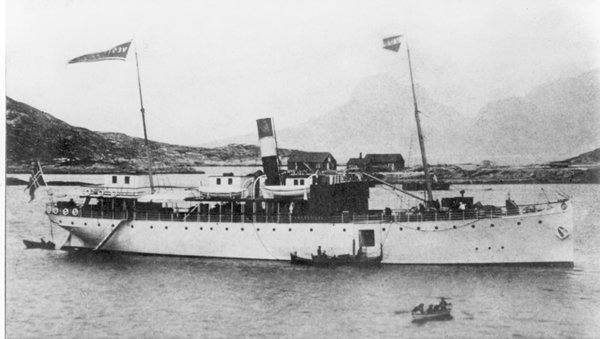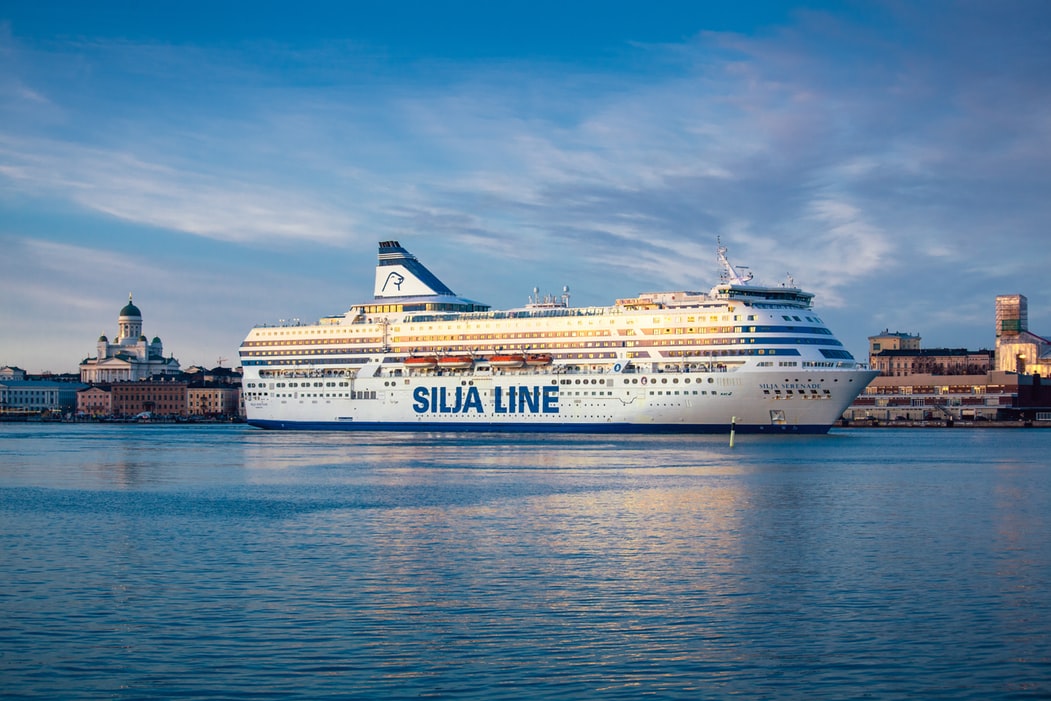Fueling up your new boat for the first isn’t always a walk in the pack, and many boat owners sometimes get nervous as they are not sure how to go about it. However, for owners who have done it severally, they will attest to the fact that one needs to be cautious and follow the right procedure to minimize the chances of causing accidents or damaging the boat. Below are tips to consider when fueling up your boat.
Know the Boat’s Fuel Tank Size
It’s important for every boat owner to know the boat’s tank’s size and how much fuel is required to fill up the tank. If the fuel gauge is broken, read through the boat’s manual to get this information since it will save you time and help your wallet when fueling up.
Check the Weather
Its a challenge fueling the boat when the sea is rough because the boat will be in constant motion because of the water waves. If you do not require the fuel urgently or not in the middle of a trip and realize that the fuel levels are dropping, consider fueling the boat on a clear and calm day for the best fueling experience.
Shut the Boat Down
It’s common knowledge that when fueling any machine one should ensure that the engine is turned off. In addition to turning off the boat’s engine, all electronics should be switched off, and that flames and smoking materials such as cigarettes are extinguished.
Have Oil-Absorbent Sheets and Rags on the Boat
No matter how careful one is when fueling the boat, it’s possible to have oil and gasoline spilling. If you notice a spill of fuel in the water, try to soak it as quickly as possible.
Fueling up a boat can be a hectic process, but if you take some time and plan in advance, everything will run smoothly.











 g a relatively small cruise operator compared to a number of its competitors, the company alone makes up for approximately 2% of the worldwide cruise market, this had led to long waiting times for tickets to be available during some of the busier holidays seasons, particularly during winter with passengers are hoping to be able to see the northern lights.
g a relatively small cruise operator compared to a number of its competitors, the company alone makes up for approximately 2% of the worldwide cruise market, this had led to long waiting times for tickets to be available during some of the busier holidays seasons, particularly during winter with passengers are hoping to be able to see the northern lights.

 the same specifications as modern cruises, the voyages were unique at that time and it was not until many years later that the company found themselves with any real competition. The company have continued to expand their list of destinations through to today and have been highly successful at expanding the maritime industry as a whole, contributing to the development of shipyards and ensuring long-lasting careers in the maritime industry.
the same specifications as modern cruises, the voyages were unique at that time and it was not until many years later that the company found themselves with any real competition. The company have continued to expand their list of destinations through to today and have been highly successful at expanding the maritime industry as a whole, contributing to the development of shipyards and ensuring long-lasting careers in the maritime industry.
 the ships were designed to be both larger and more heavily armed than the standard frigates of that period. The ship was built at the Edmund Hartt shipyard, which was situated in the North End of Boston, Massachusetts. The first offical duty of the ship was to provide protection to American ships during the war with France, with the second duty being to defeat the Barbary pirates in the First Barbary War. Both of which were considered by naval historians to demonstrate the effectiveness of the ship and the viability of building larger ships in order to secure better naval prowess.
the ships were designed to be both larger and more heavily armed than the standard frigates of that period. The ship was built at the Edmund Hartt shipyard, which was situated in the North End of Boston, Massachusetts. The first offical duty of the ship was to provide protection to American ships during the war with France, with the second duty being to defeat the Barbary pirates in the First Barbary War. Both of which were considered by naval historians to demonstrate the effectiveness of the ship and the viability of building larger ships in order to secure better naval prowess.
 viera, departing from Los Angeles, at a time when the ship would usually not have been in use during the winter months. The first cruise was not necessarily a success, as the ship had not been designed for use in tropical climates and had no air-conditioning on board, which was not a problem when the ship was being used in colder northern climates. The ship was replaced by a purpose-built ship that was called Italia. The second cruise line the company operated was ultimately unsuccessful and led to the ship being return to Europe under charter to the Costa Cruise Line, although the company now outright own their own ships.
viera, departing from Los Angeles, at a time when the ship would usually not have been in use during the winter months. The first cruise was not necessarily a success, as the ship had not been designed for use in tropical climates and had no air-conditioning on board, which was not a problem when the ship was being used in colder northern climates. The ship was replaced by a purpose-built ship that was called Italia. The second cruise line the company operated was ultimately unsuccessful and led to the ship being return to Europe under charter to the Costa Cruise Line, although the company now outright own their own ships.